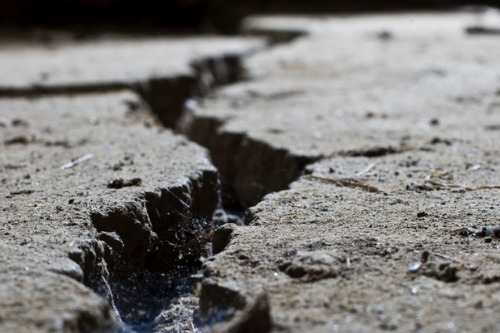

Marking the 10th anniversary of the Darfield earthquake, New Zealand’s Earthquake Commission (EQC) has released a summary of the knowledge gained since then.
Since the magnitude 7.1 quake on September 04, 2010, there have been many major advances in earthquake knowledge as scientists and engineers have responded to the most destructive period of seismic activity for 75 years, the Crown entity said.
According to the summary, the earthquake was a shallow one, having started 10km beneath the Canterbury plains. Ground shaking near the epicentre was the highest ever recorded in New Zealand at 1.25 times the acceleration due to gravity. There were no deaths and few major injuries reported for this quake, but, as the report said, it was only the beginning of a series of earthquakes that became known as the Canterbury Earthquake Sequence.
On February 22, 2011, the magnitude 6.2 Christchurch earthquake heavily devastated the Christchurch Business District. The shaking exceeded the structural design standards for New Zealand buildings, leading to 185 deaths and thousands injured.
Several other major earthquakes followed in the decade: Cook Strait earthquake on July 21, 2013 (magnitude 6.5); Lake Grassmere earthquake on August 16, 2013 (6.6); Eketahuna earthquake on January 20, 2014 (6.2); East Cape earthquake on September 2, 2016 (7.1); and Kaikōura earthquake on November 14, 2016 (7.8).
Since then, New Zealand has massively stepped up its scientific and engineering investments to learn about and mitigate the damage of earthquakes. GeoNet, New Zealand’s geological hazard monitoring system has seen massive expansion since the Christchurch earthquakes. GeoNet operates an extensive network of geophysical instruments and collects, analyses and communicates the data on earthquakes, volcanoes, tsunamis and landslides.
The Stronger Christchurch Infrastructure Rebuild Team (SCIRT) was tasked with rebuilding Christchurch’s roads and underground water and wastewater networks. Its various innovative engineering solutions helped it win several awards, including the Brunel Medal for excellence in civil engineering in 2013 from the Institution of Civil Engineers in the UK.
“These advances mean we understand more about earthquake hazards, we are better prepared, but we are only just starting to lower the risk we face from future events,” the EQC report said. “We have by no means maximised the knowledge we have gained. So far, much of the risk reduction has occurred in Christchurch alone, through red-zoning land or improving it and using improved engineering controls for the rebuild. There is much work to be done to apply higher standards nationally.”
